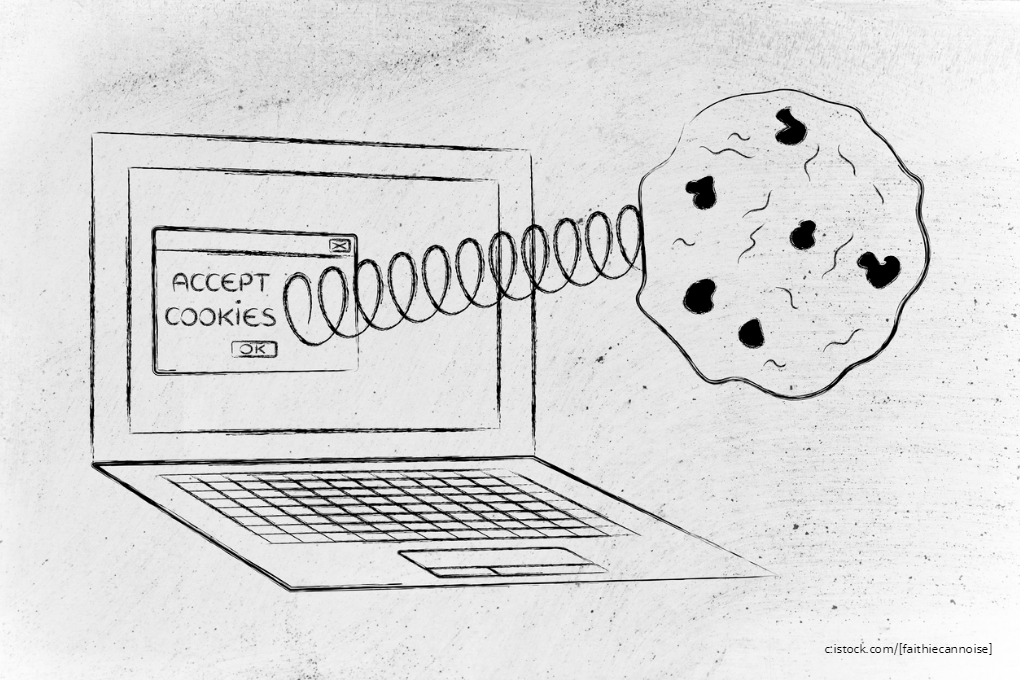
Webinar The European General Data Protection Regulation (GDPR) was supposed to be a wake-up call for marketers to clean up their act. But how has this actually played out?
It is safe to say the consensus from the industry in 2018 was less than universal. In a blistering New York Times op-ed, Alison Cool noted that, in the run-up to the law’s introduction, many scientists and data managers who would be subject to the law ‘found it incomprehensible… doubting that absolute compliance was even possible.’ Mar Masson Maack, writing for The Next Web at the end of the year, noted that ‘for most people, both in the EU and outside, the ‘better control’ [promised] only took form in myriad annoying consent pop-ups on seemingly every single site they visited.’
GDPR was finicky, far-reaching and frustrating in about equal measure. Not surprisingly, its interpretation was on the agendas of every digital marketing event going. At DMWF Europe 2018, Kevin Kiley, vice president at OneTrust, spoke with this publication about the implications and teething troubles of the initiative.
“One of the challenges of GDPR compliance is that the text of the law is not prescriptive and open to interpretation,” he said. “We work with our customers to understand the nuances of the law and provide guidance on how to best comply.
“We share with customers the risks and benefits of the various approaches to legal bases for collecting and processing data and cookies, but ultimately, it’s up to their risk tolerance to determine their company’s marketing compliance strategy,” he added.
This interpretation has seen various experiences play out from brands, whether it is getting to grips with compliant cookie notices, or trying to stay within the rules when it came to audience acquisition and engagement. Some have been more resistant to change than others. In November, the Information Commissioner’s Office (ICO) held an ‘ad tech fact-finding forum’ and, as reported by Digiday, warned the ad tech industry to step up its game to avoid heavy fines.
Yet in 2020, far from being seen as a draconian measure, innovative organisations are seeing the opportunity GDPR provides in terms of brand loyalty and customer trust. It’s a virtuous circle: users who have opted-in are naturally going to be more responsive, while brands with a reputation for handling customer data correctly will see a greater uptick.
“At the end of the day, data is something that’s entrusted to you,” Chris Slovak, VP at Tealium, told Business News Daily in February. “This is an opportunity to reevaluate how you treat your customers and prospective customers. It requires a different way of thinking, and an investment in data and the tools to manage the data itself.”
Complexity and confusion can still reign, however – and it is through this that OneTrust is putting together a webinar, alongside DMWF Online Powered By MarketingTech on July 22 at 1500 BST, on how organisations can avoid GDPR ‘killing their marketing strategy.’
Attendees will learn about:
- Understanding legitimate interest versus consent for marketing purposes
- Best practices for maximising opt-in and consent
- Guidance to build an effective and GDPR-compliant marketing strategy
You can sign up for the webinar here.

Interested in hearing leading global brands discuss subjects like this in person?
Find out more about Digital Marketing World Forum (#DMWF) Europe, London, North America, and Singapore.






Thanks for great article and all information is very useful what you shared through this article